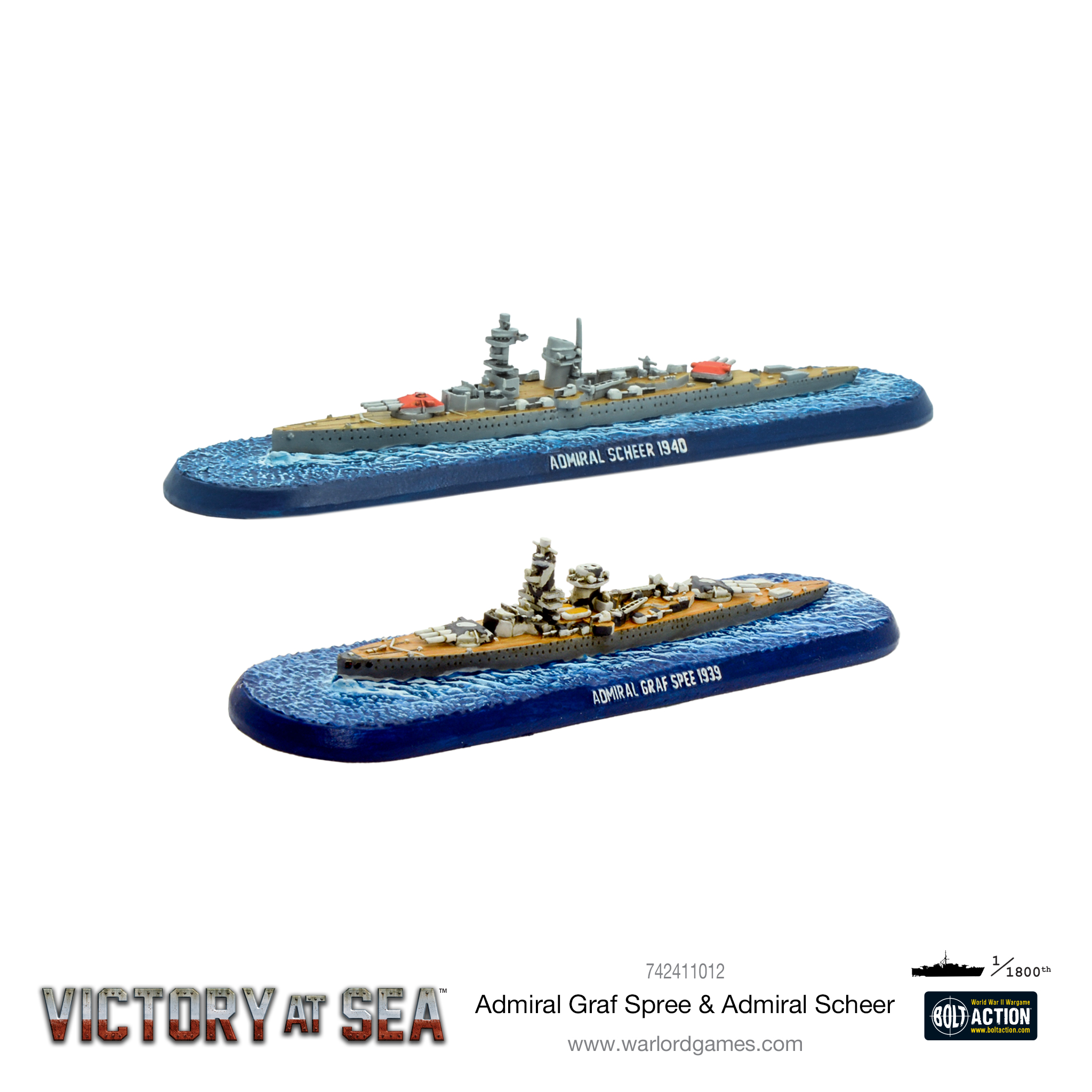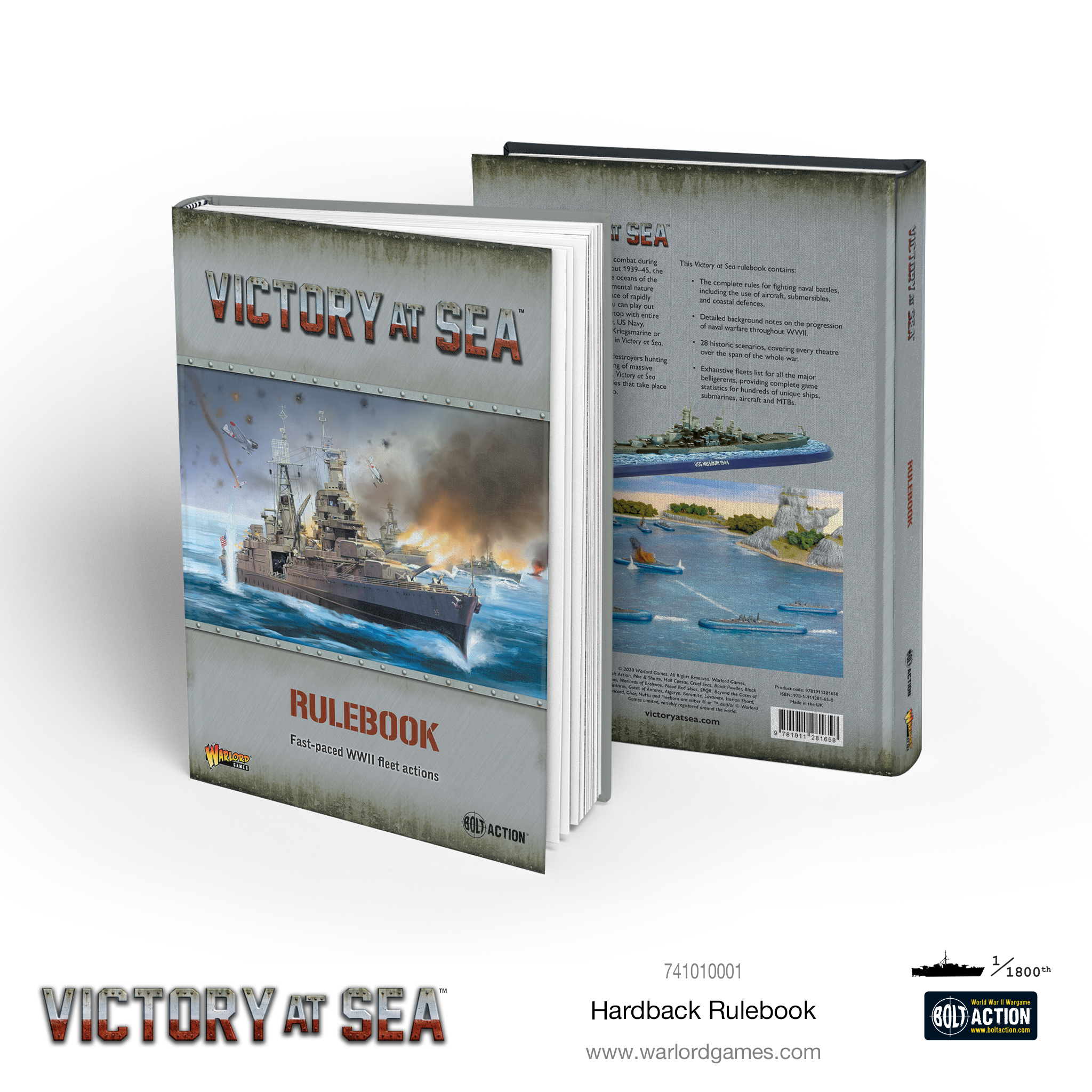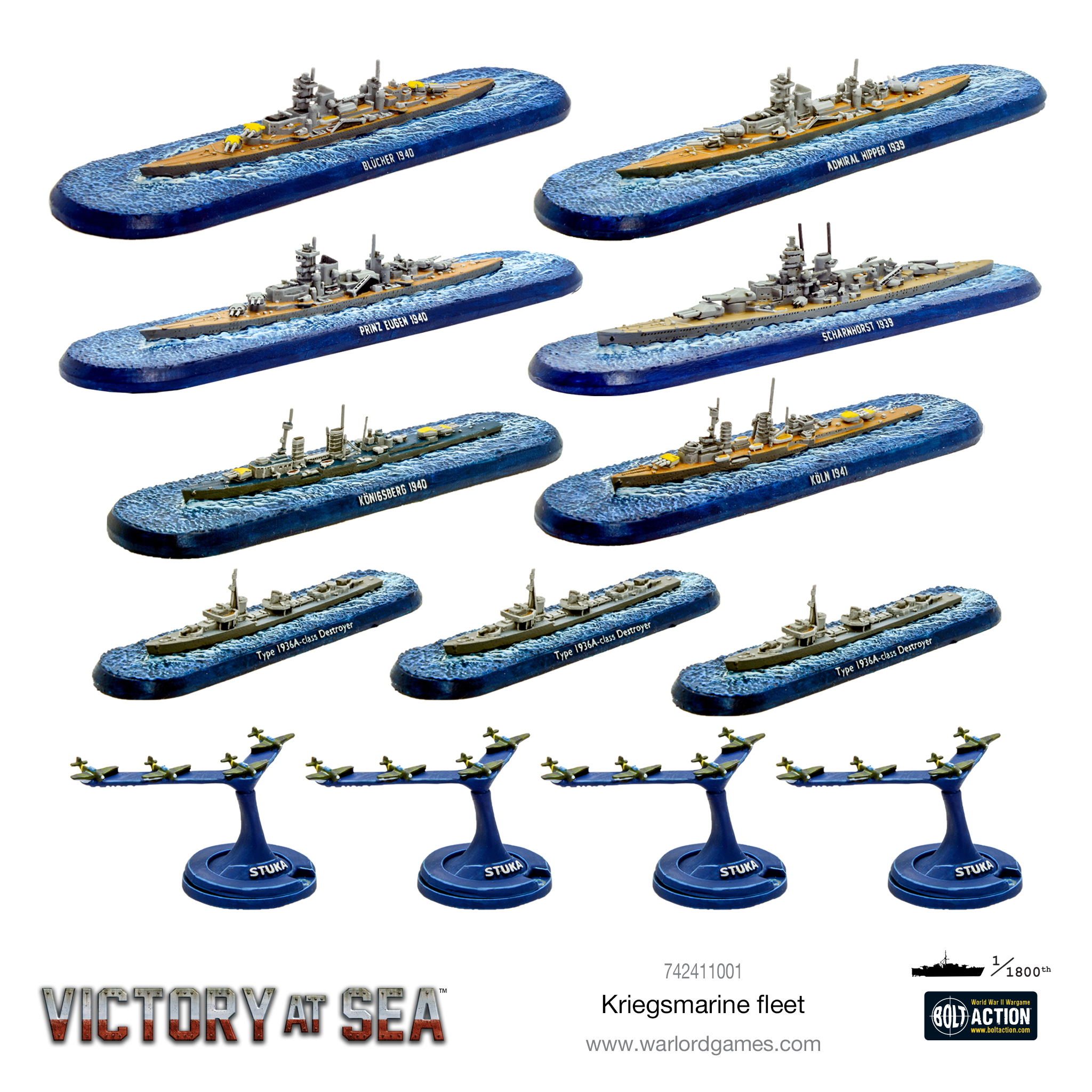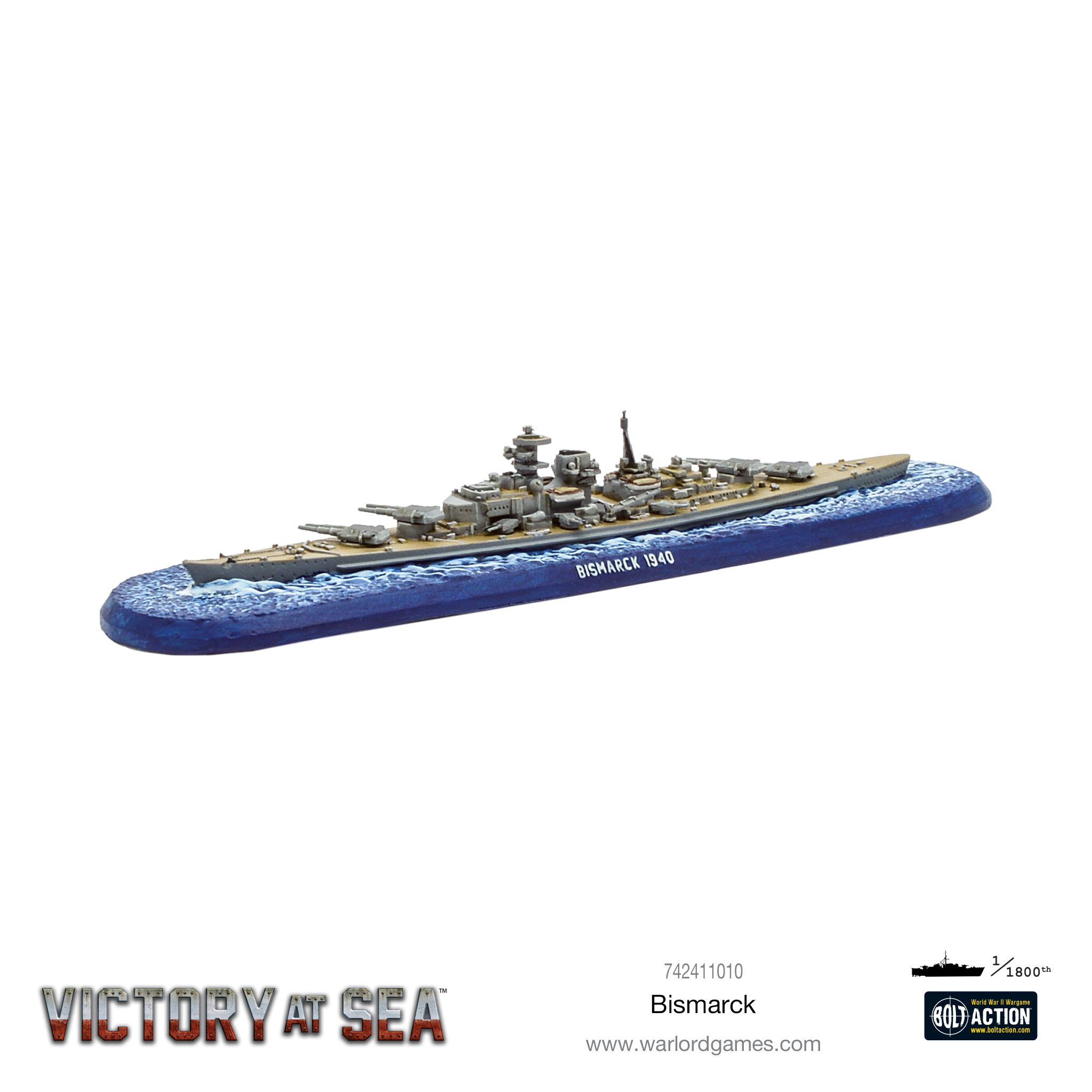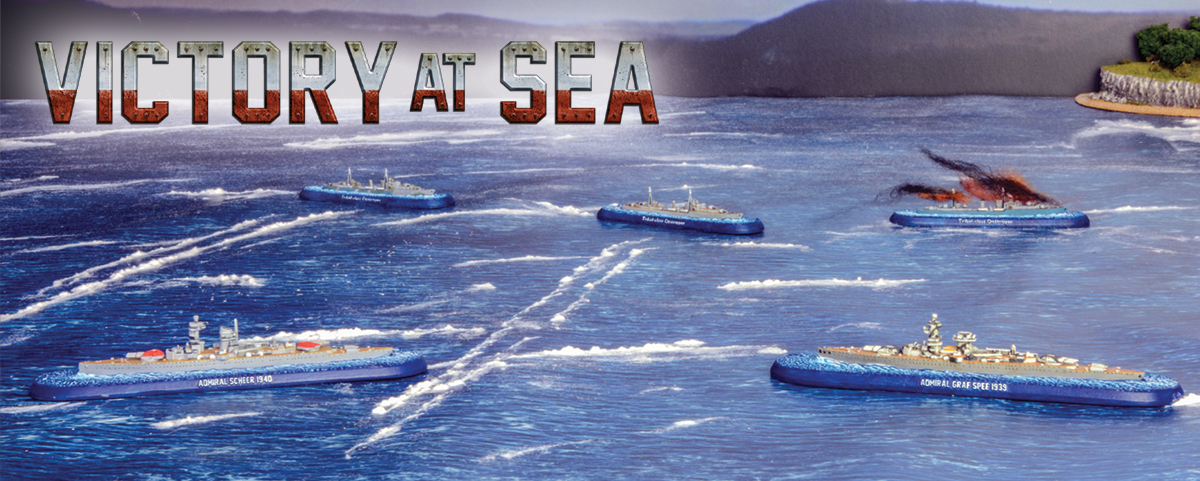
The launch of the new Deutschland-class of warships marked a turning point for the Kriegsmarine and Germany as a whole. While the rest of the world followed the dictates of the Washington Treaty, these vessels broke all rules imposed on Germany. Though still relatively small in size, they were well armoured and carried the type of armament traditionally seen only on battleships. It quickly became apparent that only another battleship could successfully defeat one in open combat and so the term ‘pocket battleship’ was coined to describe this new breed of warship. Their fighting history was to become chequered. While the Admiral Scheer successfully plied the Atlantic and Indian Oceans, disrupting merchant shipping wherever it went, the Admiral Graf Spee was famously cornered during the Battle of the River Plate and scuttled herself soon after.
Construction
Despite not being a signatory to the Washington Treaty, the construction of the ‘pocket battleships’ such as the Admiral Graf Spee, Admiral Scheer and Lützow, which carried guns far larger than that allowed for cruisers, were built to the restrictions of the London Treaty. This placed the nations that had signed up into a bit of a conundrum. Namely, comply with the treaty and be at disadvantage or abuse the spirit and indeed the letter of the treaty and maintain parity.
The problem was that despite officially being cruisers (heavy cruisers at that), these ships carried weapons normally only found on battleships. This meant that the only vessel that had a reasonable chance of defeating them on their own was a ‘proper’ battleship. A ‘treaty’ cruiser would simply find itself out-gunned from the outset. Hence, the three ships were nicknamed ‘pocket’ battleships. With their speed and guns, it was obvious from the beginning what their intended purpose was – commerce raiding.
Admiral Scheer
Admiral Scheer saw heavy service with the German Navy, first being deployed overseas during the Spanish Civil War – taking part in the bombardment on the port of Almería. She proved her worth as a commerce raider during World War Two, breaking through and preying upon the southern Atlantic (as well as a brief foray into the Indian Ocean). During these operations she sunk a total of 113,223 gross register tons of shipping, cementing her place as the most successful capital ship surface raider of the entire war.
Returning to Germany, she was deployed to Norway in an effort to intercept Soviet merchant shipping. A number of other operations followed before she returned once again to Germany in 1942, and became a training ship for the next two years, before supporting ground operations against the Soviet Army. In March 1945 she was moved to Kiel for repair but ultimately capsized during a raid by British Bombers in April of that year.
Admiral Graf Spee
The Admiral Graf Spee (pronounced Sch-Pay, not Sp-Eee) was deployed to the South Atlantic and was soon creating havoc for the merchant ships of the British Empire, who now had to contend not only with U-boats but also a marauder that was much faster than their own boats and had weaponry that could literally sink a battleship. Admiral Graf Spee was so successful that the Royal Navy had little choice but to hunt her down (aided by the French battleships Dunkerque and Strasbourg) , though it should be remembered that the Admiral Graf Spee’s captain, Hans Langsdorff, had a policy of taking on board all survivors of the ships he attacked.
On 13 December 1939, the Admiral Graf Spee was intercepted off the coast of South America by a hunting group comprising the cruisers HMS Ajax, Achilles and Exeter. The merchant ship Doric Star, sunk by the Admiral Graf Spee off the coast of South Africa, managed to broadcast a distress alert. Commodore Harwood, leading the Royal Navy ships from the light cruiser Ajax, correctly guessed that the German cruiser would head to South America to start hitting shipping near the River Plate estuary (between Uruguay and Argentina). A Norwegian merchant added to Harwood’s hunch when she spotted the Admiral Graf Spee en route using her searchlights and radioed the information on. When Harwood’s force finally encountered the Admiral Graf Spee, Langsdorff moved to engage the British ships, in the mistaken belief at first that had encountered another convoy.
Thus, commenced the first naval battle of the Second World War.
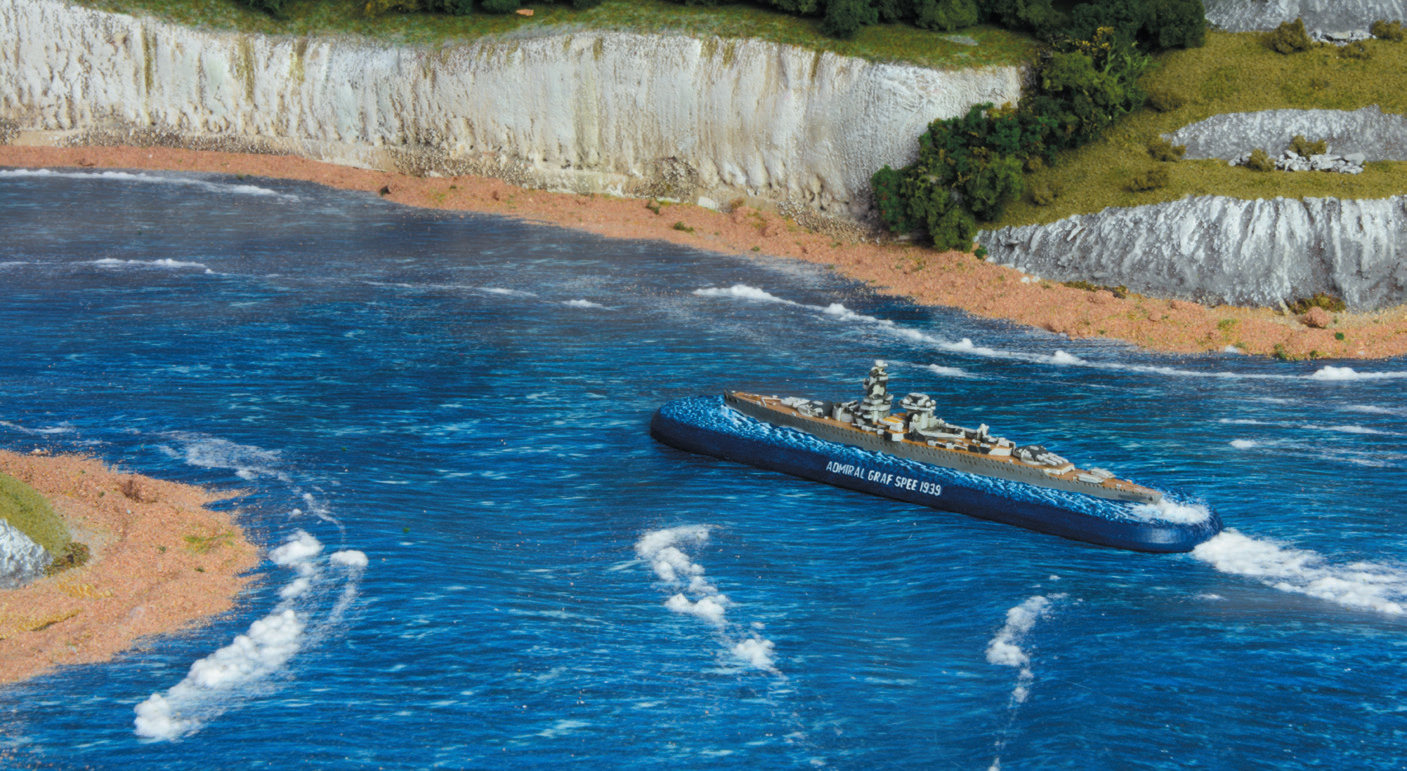
Battle of the River Plate
The Admiral Graf Spee’s guns immediately proved accurate and hit the heavy cruiser HMS Exeter hard, taking two turrets out of action and filling the bridge with shrapnel. On board the Admiral Graf Spee, Langsdorff had been willing to accept battle with the British ships, thinking them a single cruiser (he had identified the Exeter correctly) and two destroyers that were perhaps escorting a nearby merchant fleet. He quickly realised his mistake when the light cruisers, HMS Ajax and Achilles, started steaming toward Admiral Graf Spee, forcing him to break off from the Exeter, probably saving her in the process.
Badly damaged herself, the Exeter withdrew but she had already done enough; one of her shells had destroyed the Admiral Graf Spee’s fuel processing system, effectively leaving the ship with just sixteen hours’ worth of fuel and no friendly port to repair or refuel. After an exchange of gunfire with HMS Ajax and Achilles, during which Admiral Graf Spee knocked out two of Ajax’s turrets while managing to evade return torpedo fire, she finally turned away to limp towards the neutral port of Montevideo. The British ships opted to shadow her, probably wondering why they had not been blown out of the water by what was still a superior warship.
Denied support by the Uruguayan authorities, and with no aid from Germany available, and intelligence passed to Langsdorff that a huge Royal Navy fleet was bearing down upon him, the Graf Spee was forced to leave port with just a skeleton crew, sailing just a short way down the River Plate before anchoring and being intentionally scuttled by her crew. Though the Allies had won this victory by bluff rather than firepower, it was a welcome reprieve from teh darkness encroaching Europe at the time.
Victory at Sea Rulebook
The Victory at Sea rulebook is replete with scenarios for you to try out, including the Battle of the River Plate, allowing you to try a number of counter-tactics and stratagems with the benefit of historical oversight. Maybe you can alter the Graf Spee’s fate.
The rulebook is the ultimate resource for Victory at Sea players. It contains:
- The complete rules for fighting naval battles, including the use of aircraft, submersibles and coastal defences.
- Detailed background notes on the progression of naval warfare through WWII.
- 27 historic scenarios in addition to the Battle of the River Plate, covering every theatre over the span of the whole war.
- Exhaustive fleet lists for all the major belligerents, providing game statistics for hundreds of unique ships, submarines, aircraft and MTBs.
The Kriegsmarine in Victory at Sea
The Kriegsmarine had to be virtually rebuilt after the First World War. Forbidden to own capital ships and submarines, Germany nibbled away at first one clause of the Treaty of Versailles, then another, until a powerful navy force existed.
At the outbreak of World War Two, relatively few capital ships were in commission, and no aircraft carriers. There was never any prospect of matching Britain in terms of capital ship numbers, but the qualitative advantage of the proposed super-battleships might have made a considerable difference. In any case, the Kriegsmarine was not a navy designed to tackle a major fleet head-on in fleet engagements. Instead, it was a commerce raiding force.
The Kriegsmarine Fleet box gives you a wealth of varied vessels for you to begin your naval campaigns. The range is ever-expanding, so you can add mighty battleships like the feared Bismarck to your fleet – adding even more variety and allowing you to try your hand at more of the historical scenarios you can find in the Victory at Sea rulebook.

